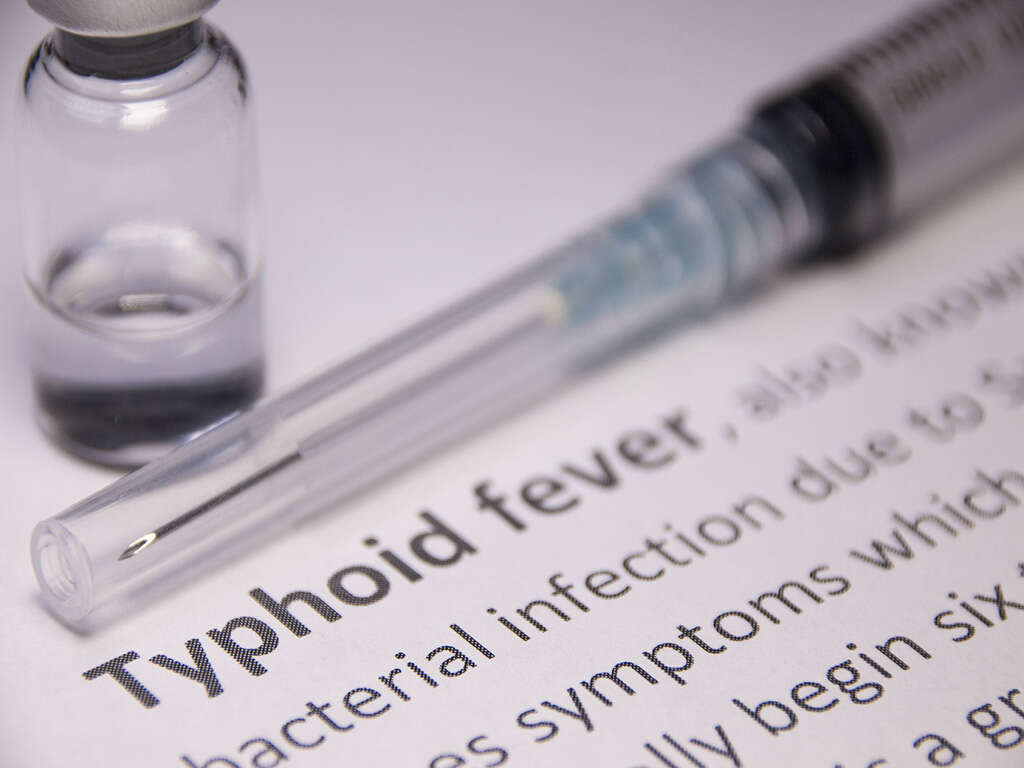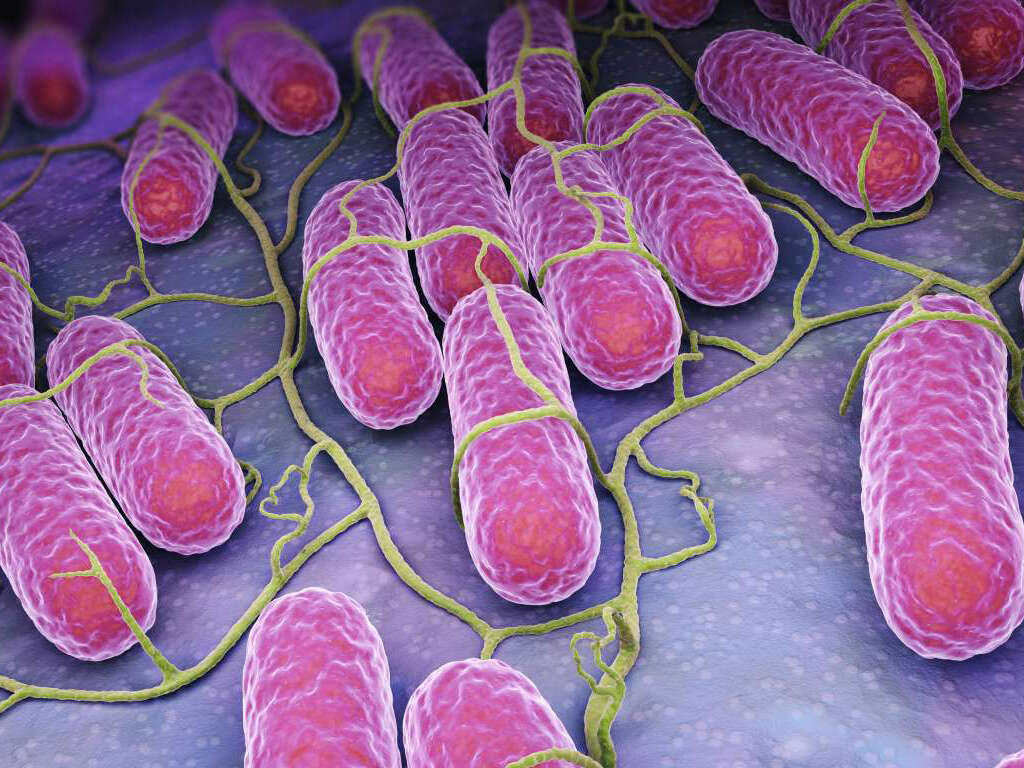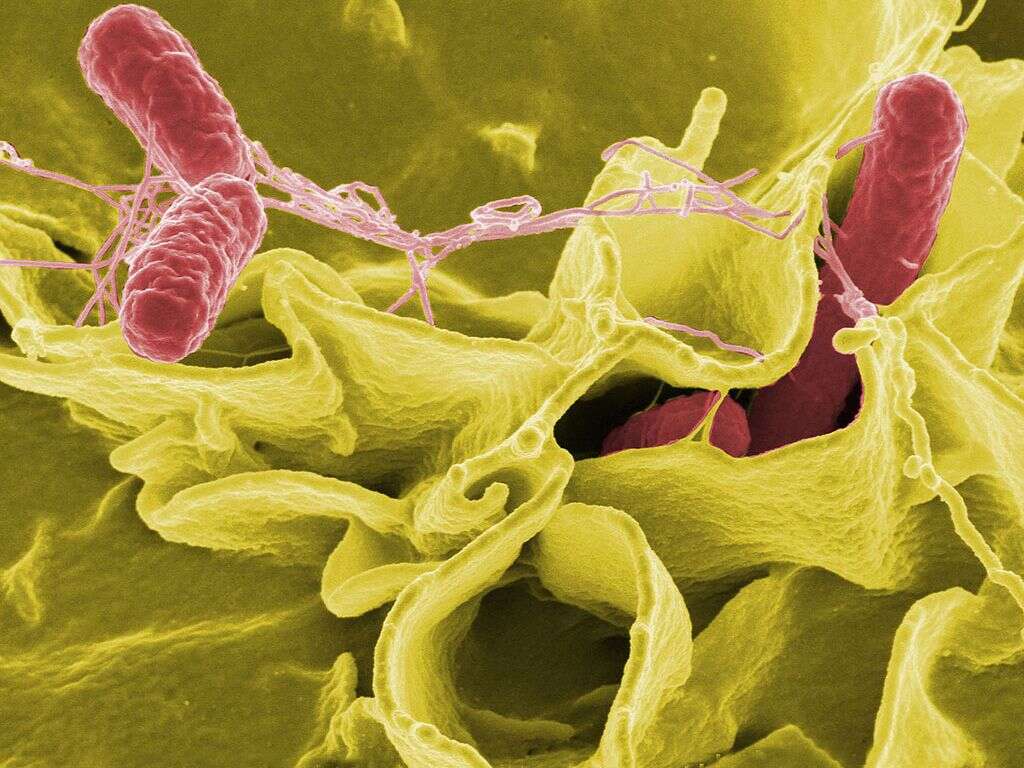What Is Salmonella?
Tummy issues can be very unpleasant. They can be very painful at times, leaving the patient curled up in agony and unable to move. They can also cause other unwelcome symptoms like diarrhea, and they can also cause the patient to feel terrible overall. Thankfully, however, they will usually pass with no permanent damage having been done.
Some stomach problems will not pass so easily, however, and some can be really quite dangerous. They can be caused by all manner of things including some types of bacteria. One such bacteria is salmonella, and it can make some people very sick indeed.
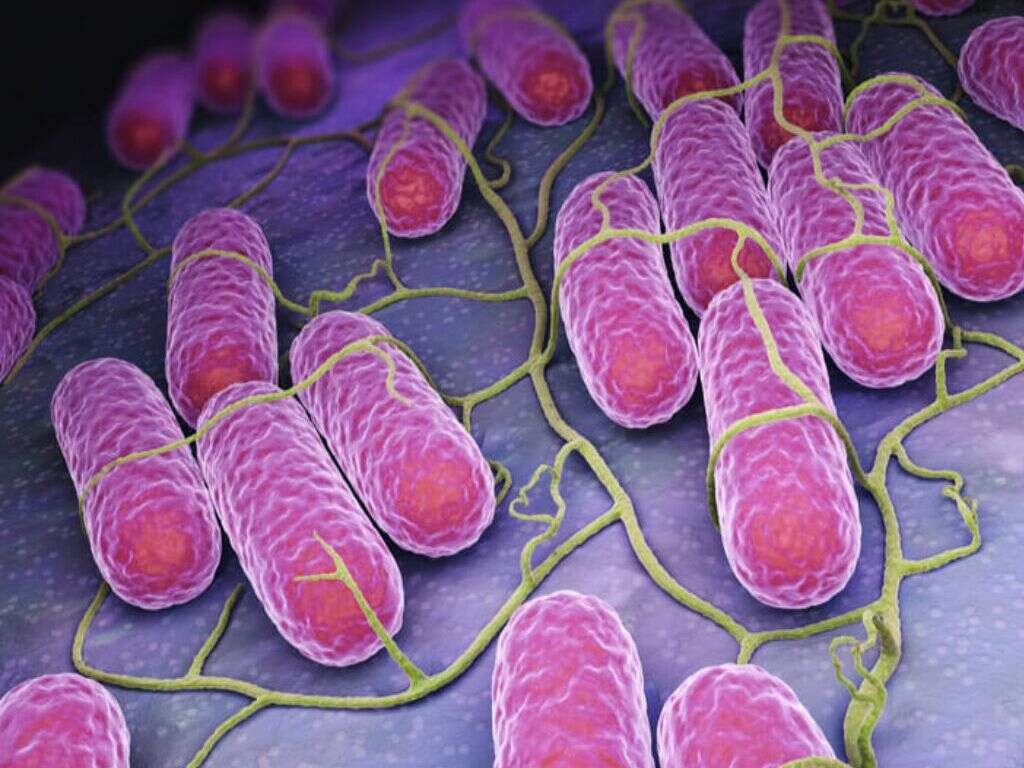
1. Salmonellosis
Salmonellosis is the medical term for an infection by the salmonella bacteria. The infection is often referred to simply as salmonella. The bacterium is actually very common and many people will be infected by it without showing any symptoms whatsoever. When symptoms do appear, they are usually relatively mild.
In some cases, however, salmonellosis can be quite dangerous. The disease can cause complications that can pose a very real threat to the patient’s life. The vast majority of salmonellosis cases can be prevented by following some simple precautions. Treatment is not always necessary, but medical advice should be sought, especially in the more severe cases.

2. Transmission
The salmonella bacteria will make its home in its host’s intestines. This includes some other animals in addition to people. As the host passes stools, so the stools will also contain some of the bacteria. These bacteria will sometimes make their way into somebody else’s food or water, and they too can develop salmonellosis.
In many cases, the disease is able to spread due to poor sanitary conditions. There are also other potential causes, such as cross contamination, and food being contaminated during processing. Some fruits and vegetables will be watered with salmonella infested water, and this can cause them to become contaminated also.
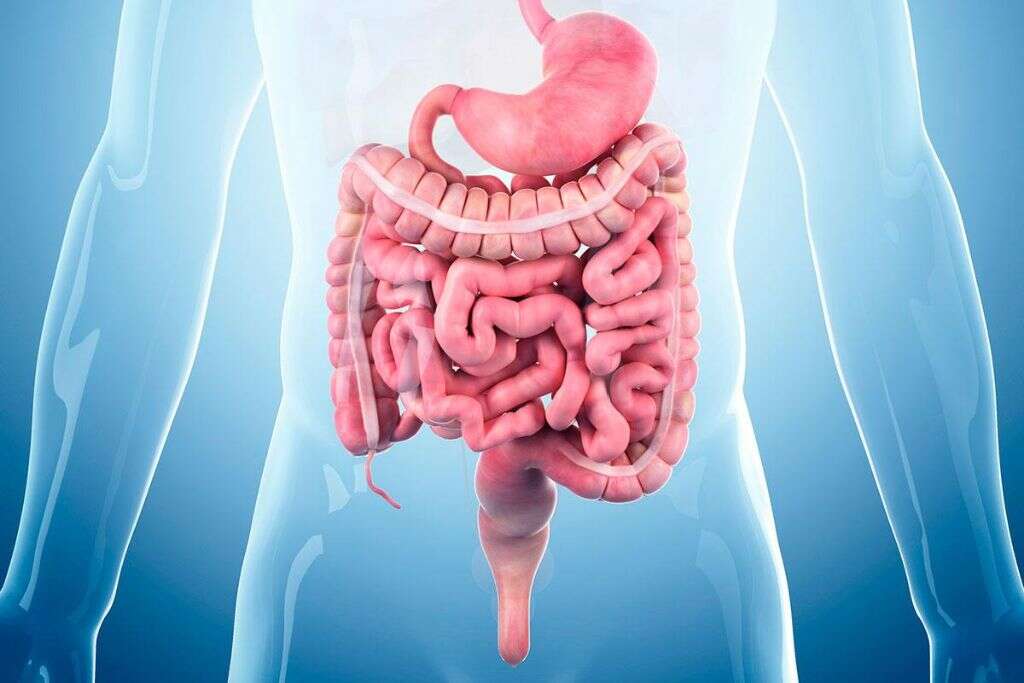
3. Symptoms
Symptoms of salmonellosis will sometimes appear just a few hours after the infection took place. In some people, it might be 2 days before infection symptoms begin to show. Either way, the symptoms will only be mild in the majority of cases. The symptoms will also usually last from between 2 to 7 days.
Symptoms of the infection typically include nausea and vomiting. A headache is also normal, as are a fever and chills. A pain in the abdomen is also common and the patient is also likely to have diarrhea. In the more severe cases, the patient might also find that there is blood in their stools.

4. Typhoid Fever
A strain of salmonella known as salmonella typhi can also cause typhoid fever. The infection shares some common symptoms with salmonellosis, but typhoid fever tends to be more dangerous. It can be fatal if treatment is not sought, so it should always be treated as a serious condition.
Symptoms of typhoid fever typically include headaches, fever, aches and pains, and lethargy. The patient will also likely lose their appetite, and they are also likely to have diarrhea. Some people with typhoid fever will retain the bacteria and remain a carrier of the disease for the rest of their lives.
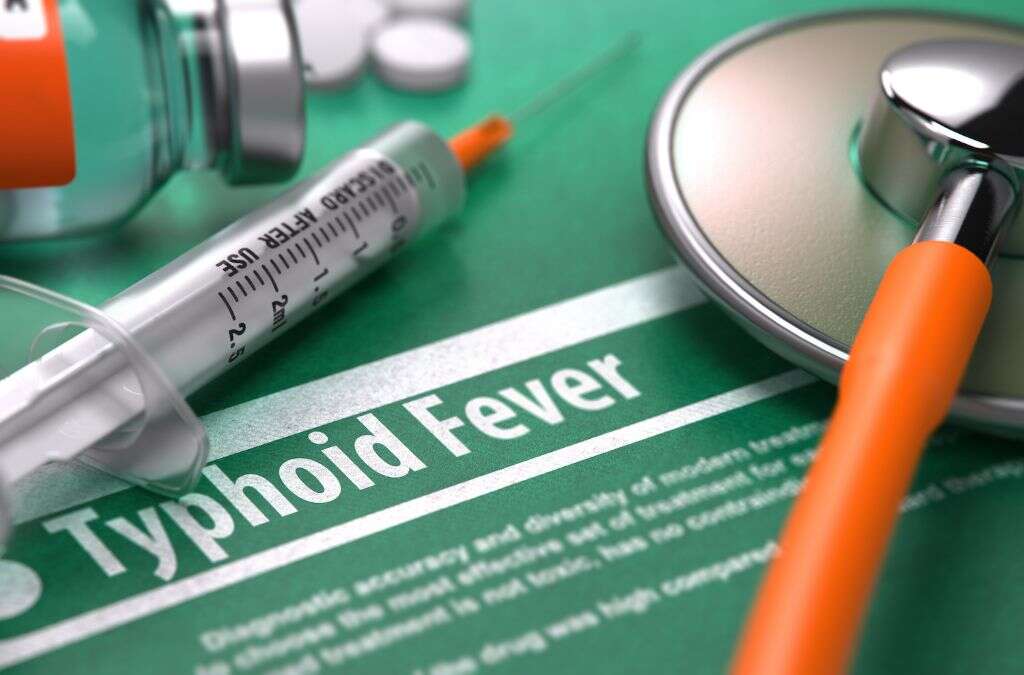
5. Who’s at Risk
Our bodies have a natural defense against bacteria like salmonella. However, some problems with the digestive system can weaken those defenses, making it more likely that the salmonella bacterium will cause problems for us. There is also a greater risk for people that have a weakened immune system overall.
People that regularly use antacids are also at a higher risk because the medication will lower the acidity of the stomach. Being exposed to the bacterium more frequently will also put people at a higher risk. This includes people that keep certain pets, and also people who travel to where hygiene standards are low.

6. Bacteremia
Pathogens that cause infections are likely to stay in the same place in the body. This is not always the case, however, and severe infections can sometimes lead to the pathogen spreading to other parts of the body as well. In some cases of salmonellosis, the bacterium can be found flowing through the patient’s blood.
This is a condition known as bacteremia, and it can result in different parts of the body becoming infected. This can cause conditions like meningitis, osteomyelitis, and endocarditis. These conditions can be very dangerous, so they should be treated as an emergency as soon as they are detected.
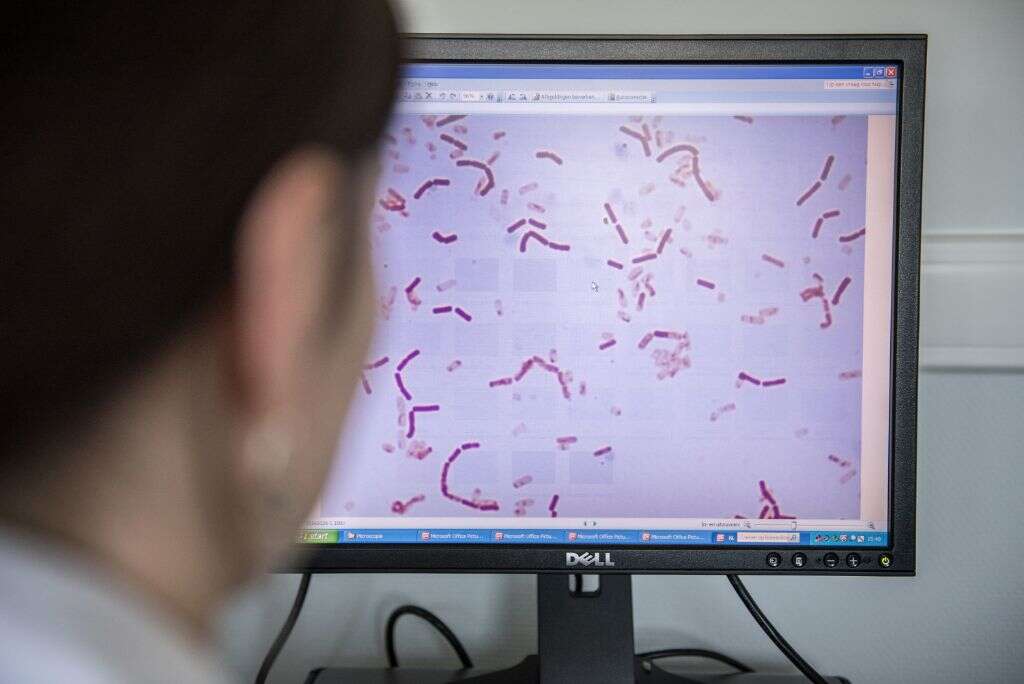
7. Dehydration
Salmonellosis will develop some potentially life-threatening complications in some cases. One of those is caused by the fact that severe cases of the infection will result in considerable vomiting and diarrhea. Every time the patient vomits or passes watery stools, they are passing a lot of water out of their system.
In some cases, the patient will be losing fluids faster than they can replace them, and this can result in dehydration. The symptoms of dehydration include sunken eyes, reduced tear production, a dry mouth and tongue, and urinating less frequently. Dehydration is potentially lethal so it should be taken very seriously indeed.

8. Reactive Arthritis
Reactive Arthritis is a condition where the bacterium has spread to the patient’s joints. It is not a common condition but once infected, the symptoms can come and go for up to a year. It is usually the joints in the lower part of the body that are affected, but it can also affect other parts of the body as well.
Typical symptoms of the condition include joint pain, and it can also be painful for the patient to urinate. Inflammation can also cause the eyes to become irritated. Reactive arthritis itself can cause severe complications, and it will need to be treated as soon as possible to help limit the damage caused.

9. Prevention
The most effective way of preventing cases of salmonellosis is to practice good hygiene standards. In particular, this tends to means washing your hands regularly. It is especially important to do this after using the bathroom, after changing diapers, and before handling food. It is also very important to wash your hands after handling certain animals.
It is also important to prevent cross contamination. This means storing different foods separately from each other. Also avoid consuming raw eggs which are also known to contain salmonella. If you are travelling in developing countries, you will need to take extra precautions to ensure that any food and drinks you consume are safe.

10. Treatment
Many cases of salmonellosis are mild and can be dealt with by our immune system. Treatment will not be recommended in such cases, asides maybe treatment for the patient’s symptoms. Indeed, antibiotics might even make matters worse where the milder cases are concerned.
When treatment is deemed necessary then antibiotics will be administered to help defeat the bacteria. The patient can also be given medication to help limit the symptoms of diarrhea. in addition to medication, the patient is recommended to take on plenty of fluids. It is also important the patient has all the electrolytes that they need.





